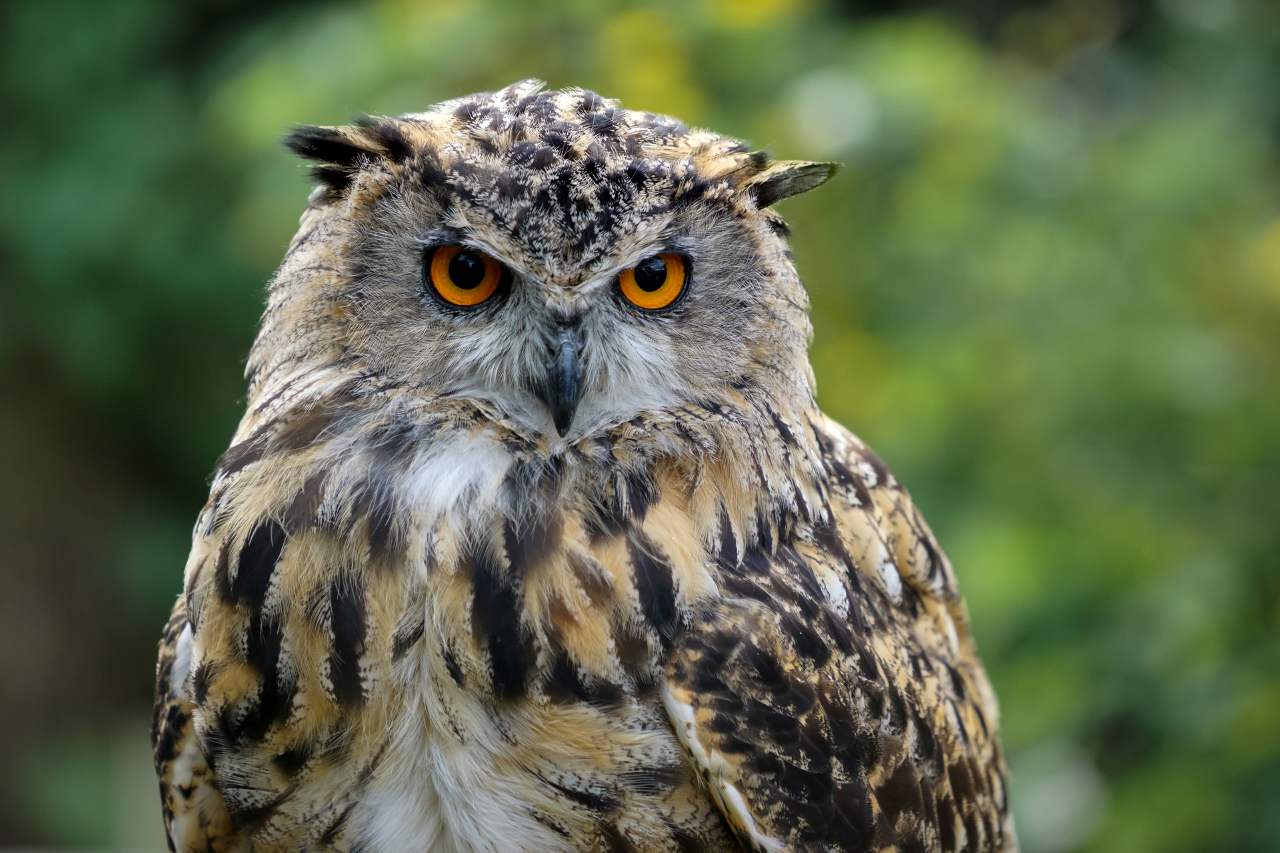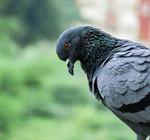
25 Aug 2025 | Apex Environmental Services (UK) Ltd
Do Fake Owls Keep Birds Away?
Birds can cause real headaches for property owners. From fouling on ledges to damaging crops and even creating health risks, finding a reliable deterrent is often at the top of the priority list. One of the most common questions people ask is: do fake owls keep birds away?
The idea makes sense on the surface - owls are natural predators, so it follows that placing a model owl on your roof, garden, or ledge should keep other birds from landing. But as with most quick fixes, the truth is a little more complicated. Let’s take a closer look at how fake owls work, when they might help, and why they’re rarely the long-term solution people hope for.
Why People Use Fake Owls
Owls are among the most feared predators for small to medium-sized birds, especially species like pigeons, starlings, and sparrows. A decoy owl is designed to tap into that natural instinct of fear. They’re cheap, easy to buy, and require no installation expertise - making them appealing to anyone looking for a fast solution.
In gardens, allotments, or even urban balconies, people often use them to stop pigeons fouling or to prevent smaller birds from raiding fruit and vegetable crops. Some businesses also try them out to discourage birds from nesting near shopfronts or office entrances.
Do Fake Owls Actually Work?
The short answer is: sometimes, but only for a short period.
When birds first encounter a fake owl, their instinctive response may be to avoid it. This can make the decoy look like an effective deterrent at first. However, birds are highly intelligent and adaptable. After a few days - or sometimes even hours - they quickly realise the owl is not moving, not making noise, and not posing a real threat.
Pigeons in particular are notorious for becoming habituated to static deterrents. Once they learn the fake owl isn’t dangerous, they’ll ignore it completely and continue to roost or feed as usual.
Factors That Influence Success
While fake owls alone aren’t reliable, certain conditions may extend their effectiveness:
- Movement: Some decoy owls are designed with moving heads or reflective eyes, which can make them appear more realistic. This may buy a little more time before birds catch on.
- Placement: Moving the owl regularly - changing its position daily - can help maintain the illusion of threat. If it always sits in the same spot, birds will quickly adapt.
- Combining with other methods: When used alongside more proven deterrents, such as spikes, netting, or acoustic devices, fake owls might play a minor supporting role.
That said, no expert in bird control would ever recommend fake owls as a standalone solution for serious bird problems.
Why Fake Owls Aren’t a Long-Term Answer
The main drawback is habituation. Birds are excellent at learning patterns in their environment. Once they see that nothing happens when they approach a fake owl, the fear response disappears. In some cases, birds have even been observed perching on top of the decoy itself - a sure sign that it’s not doing its job.
Another issue is coverage. A fake owl only deters birds in the immediate area where it’s placed. If you’re dealing with a large roof, multiple ledges, or widespread crops, one or two decoys won’t come close to offering full protection.
More Reliable Alternatives

If you’re looking for effective methods to keep birds away, fake owls should be at the very bottom of the list. For property owners who want lasting results, professional deterrents are a far better investment.
Some of the most reliable options include:
- Bird Netting: A physical barrier that prevents birds from landing or nesting in protected areas. It’s discreet, long-lasting, and a cost-effective way to deter pest birds on commercial or residential sites.
- Bird Spikes: Ideal for ledges, signs, and beams, spikes stop pigeons and gulls from settling without causing them harm.
- Acoustic and Visual Systems: Specialist devices that use sounds or light patterns to disturb birds and encourage them to leave the area.
- Professional Cleaning and Proofing: Where fouling has already built up, cleaning combined with ongoing deterrents ensures birds don’t return.
These solutions may cost more upfront than a plastic owl from a garden centre, but they deliver far superior long-term results.
When Might a Fake Owl Be Worth Trying?
For small-scale, temporary issues, a fake owl might provide a short-lived benefit. For example, if you only need to keep sparrows away from a vegetable patch for a couple of weeks before harvest, a moving or reflective owl might help. Similarly, if you want to deter birds from a single balcony while you consider more permanent solutions, it could be a stopgap measure.
However, if your problem involves persistent pigeons, gulls, or starlings, fake owls will not provide a serious answer. At best, they’ll delay the inevitable return of the birds.
Final Thoughts
So, do fake owls keep birds away? Yes, but only in a very limited and short-term sense. Birds are far too intelligent to be fooled by static decoys for long. For anyone dealing with an ongoing or large-scale problem, investing in proven deterrents such as netting, spikes, or professional bird control services is the only way to achieve lasting results.
A fake owl might look the part and give you peace of mind for a few days, but if you want genuine protection for your property, it’s worth exploring professional, humane, and reliable solutions.


